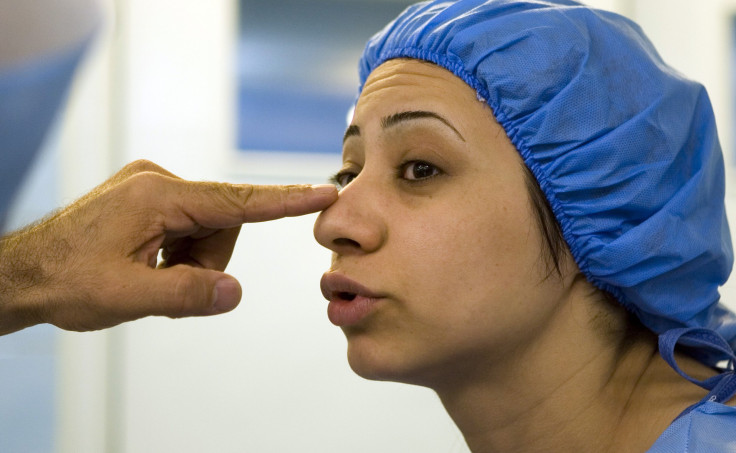Plastics Used in Rhinoplasty Can Lead to Nasty Infections

Plastics used in nose jobs can lead to serious infections after the surgery, a new study reported.
The study included 662 rhinoplasties done between 1999 and 2008. Researchers analyzed operative details, surgery outcomes, and the follow-up after the surgery.
Researchers found that 2.8 percent of nose jobs ended up in an infection, or 19 of 662 patients.
According to the researchers, a nose job that has been infected doesn't respond to antibiotics and more often requires another surgery where the implant has to be taken out to prevent further infection.
About 1 in 5 nose jobs where a porous high-density polyethylene (pHDPE) was used to correct the nose resulted in an infection. In some cases the infection was so severe that the implant started poking out of the wound. People who received grafts from their own body, like the rib cartilage or the ear, had no such infections, Reuters Health reported.
Another type of plastic implant called the expanded polytetrafluoroethylene (ePTFE) reported fewer infections. The material can't be used in all nose surgeries because it is soft and can only be used for certain parts of the nose.
"The infection rate was extremely high and startling. There are still situations where you may consider Medpor, but you need to weigh the pros and cons carefully," said Dr. Andrew Winkler, a plastic surgeon at the University of Colorado in Denver, who led the study, Reuters Health.
Rhinoplasty is a done to reshape or restructure the nose and may be required for medical reasons, like correcting a birth defect or breathing problems, or cosmetic reasons like decreasing nose size. After the surgery the patient might have some numbness at the tip of the nose for months. Complete results of the surgery are visible only after a year.
"Whenever you are undergoing a rhinoplasty, make sure you have a very frank conversation with your surgeon. There are always pros and cons," added Winkler to Reuters Health.
The study was published in the journal Archives of Facial Plastic Surgery.



























